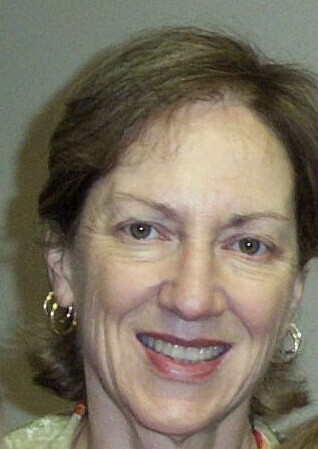April, National Autism Awareness Month, is rapidly slipping through our fingers. We are already at the halfway point in the month. Much has been written about autism in the last few years, and there hasn't been much obvious progress for a while. However, I recently saw an interesting review of two articles on the topic. Both articles were in the November 2006 edition of Scientific American. Giacomo Rizzolatti, Leonardo Fogassi and Vittorio Gallese wrote "Mirrors in the Mind," and Vilayanur S. Ramachandran and Lindsay M. Oberman contributed "Broken Mirrors: A Theory of Autism."
"John watches Mary, who is grasping a flower. John knows what Mary is doing and ... why she is doing it. ... The simple scene lasts just moments, and John's grasp of what is happening is nearly instantaneous. ...[H]ow exactly does he understand ... so effortlessly? A decade ago most neuroscientists and psychologists would have attributed an individual's understanding of someone else's actions and, especially, intentions to a rapid reasoning process not unlike that used to solve a logical problem ... [but] the ease and speed with which we typically understand simple actions suggest a much more straightforward explanation. "
In the early 1990s our research group at the University of Parma in Italy, which at the time included Luciano Fadiga, found that answer somewhat accidentally in a surprising class of neurons in the monkey brain that fire when an individual performs simple goal-directed motor actions, such as grasping a piece of fruit. The surprising part was that these same neurons also fire when the individual sees someone else perform the same act. Because this newly discovered subset of cells seemed to directly reflect acts performed by another in the observer's brain, we named them mirror neurons."
We naturally wondered whether a mirror neuron system also exists in humans. ... Understanding the intentions of others is fundamental to human social behavior, and human mirror neurons appeared to confer that ability. ... We first obtained strong evidence that it does through a series of experiments that employed various techniques for detecting changes in motor cortex activity. ...
[Further] our results also demonstrated ... that the mirror neuron system responded strongly to the intention component of an act. "At first glance you might not notice anything odd on meeting a young boy with autism. But if you try to talk to him, it will quickly become obvious that something is seriously wrong. He may not make eye contact with you; ... More disconcerting, he may not be able to conduct anything remotely resembling a normal conversation ... he may lack genuine empathy for other people and be oblivious to subtle social cues that most children would pick up effortlessly. ...
Because mirror neurons appeared to be involved in abilities such as empathy and the perception of another individual's intentions, it seemed logical to hypothesize that a dysfunction of the mirror neuron system could result in some of the symptoms of autism."
An October article in Time Magazine reports on a much-debated and disparaged report on a study done by professors at Purdue and Cornell in which they suggest that early extensive television-viewing could trigger the disease in some children.
The alarming rise in autism rates in the U.S. and some other developed nations is one of the most anguishing mysteries of modern medicine — and the source of much desperate speculation by parents. In 1970, its incidence was thought to be just 1 in 2,500; today about 1 in 170 kids born in the U.S. fall somewhere on the autism spectrum (which includes Asperger's Syndrome), according to the Centers for Disease Control and Prevention. Some of the spike can be reasonably attributed to a new, broader definition of the disorder, better detection, mandatory reporting by schools and greater awareness of autism among doctors, parents and educators. Still, there's a nagging sense among many experts that some mysterious X-factor or factors in the environment tip genetically susceptible kids into autism, though efforts to pin it on childhood vaccines, mercury or other toxins haven't panned out. Genes alone can't explain it; the identical twin of a child with autism has only a 70% to 90% chance of being similarly afflicted.
This article, and several others I read, goes on to ridicule the study done by researchers at Purdue and Cornell. These researchers clearly stated several times that their work was not definitive -- that it just "suggests" that there could be a connection. The critics of the study do not believe that there could be a relationship between the dramatically increased incidence of autism and the dramatically changed home environment since television became so much a part of our lives. I certainly don't expect anyone to discover that autism is caused entirely by television viewing, but I would like to see further studies made to determine if there is some "rewiring" of the brain that occurs when very young children are stimulated by constantly changing visual images with auditory accompaniment for 15 or more hours a day.
You can find numerous links to this topic on the internet if you wish to read further.







No comments:
Post a Comment